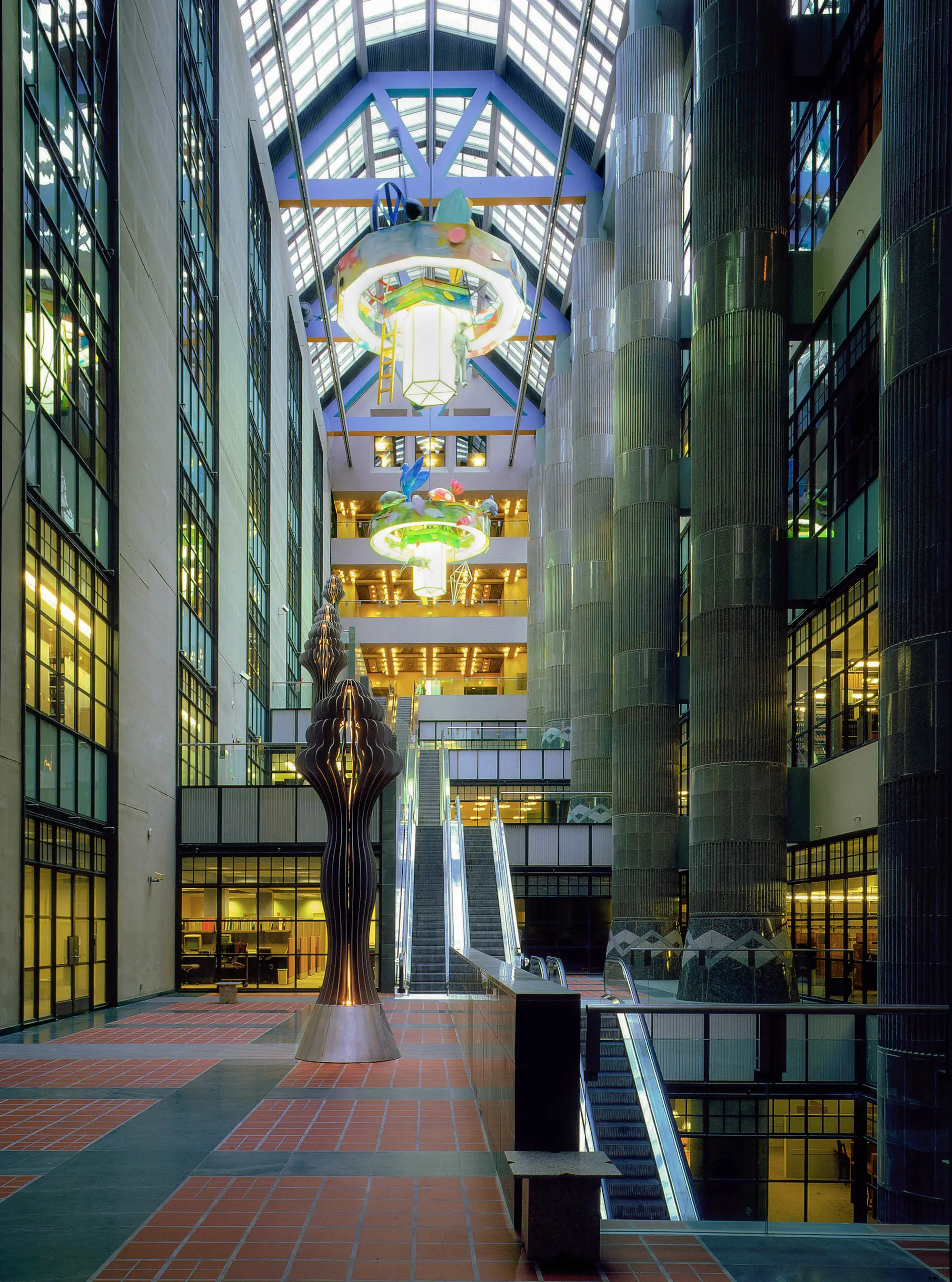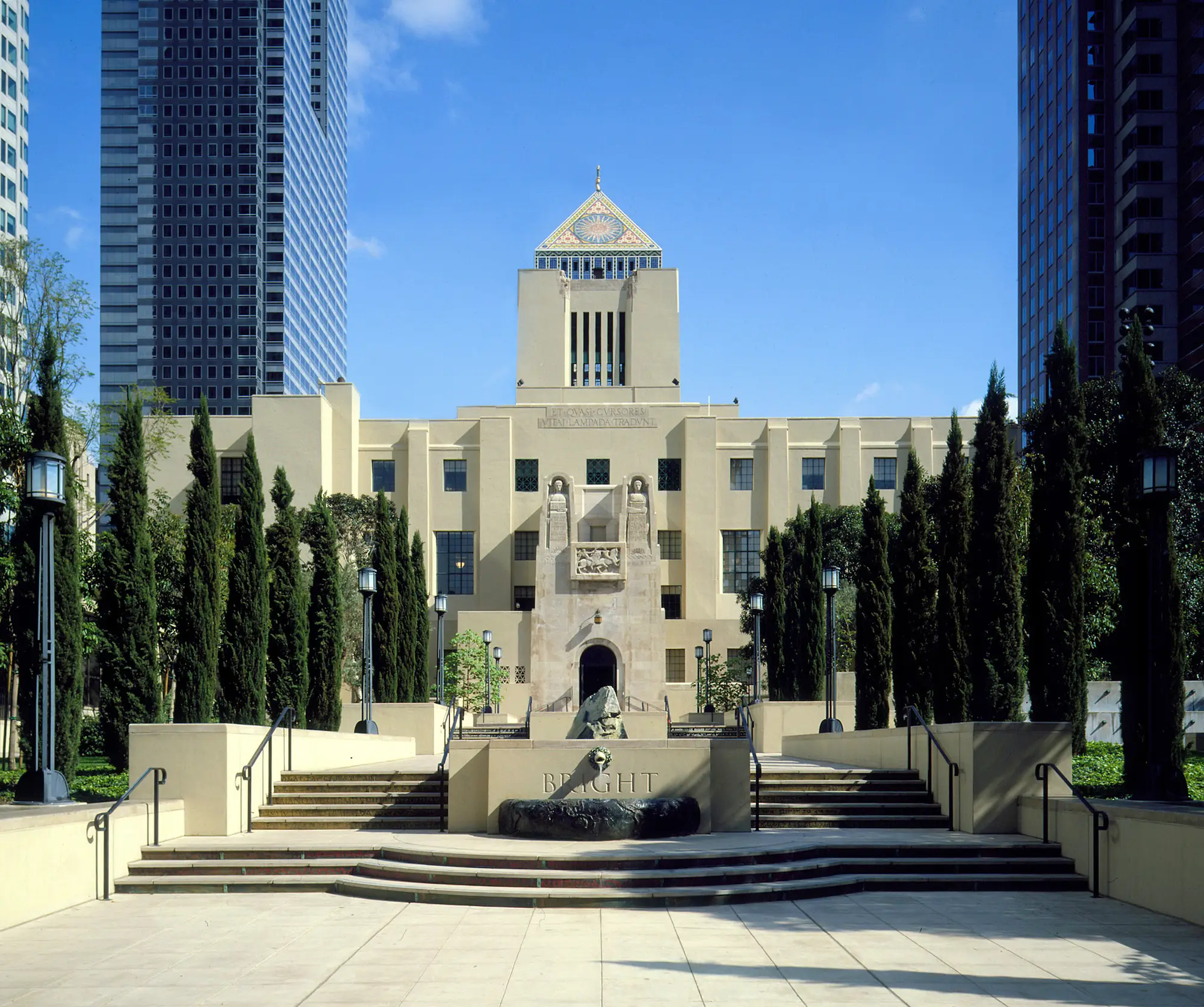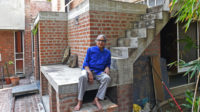Norman H. Pfeiffer, a founding partner of the New York–based Hardy Holzman Pfeiffer Associates (HHPA), died August 23 at his home in Los Angeles where he had established his own firm, Pfeiffer Partners, in 2004. He was 82. His wife of 44 years, Patricia Zohn, a writer, stated the cause was due to congestive heart failure, preceded by declining health.
Born in Seattle on November 13, 1940, Pfeiffer obtained a B. Arch. cum laude from the University of Washington in 1964. (As an architecture student, he still played shortstop and second base for the university’s baseball team, even if it meant taking his drafting board on the bus to the games). After graduating, Pfeiffer took off for Columbia University’s Graduate School of Architecture, Planning and Preservation, where he received his M. Arch. in 1965. In search of a job after graduation, he perused architects’ names in New York City’s Yellow Pages and arrived unannounced at the office of Hugh Hardy, who died in 2017, and Malcolm Holzman.
After talking to Pfeiffer, Holzman recalls: “He said he was an ‘existential’ architect. I said ‘What’s that? Prove it to me,’ and recommended we hire him.” Pfeiffer joined as an associate architect, and by 1968 was a partner. Holzman, says: “The three of us came together at a fortuitous time—in an era when Woodstock, walking on the moon, and questioning of conventional modernism allowed us to do as we did.” HHPA’s style stood out in the late 1960s and 1970s. The firm had an iconoclastic way of handling modern forms and plans, brashly exposing ducts, pipes, and common materials, and juxtaposing old and new architectural elements. In looking back, Holzman says “Norman had an adventurous spirit about what architecture could be. That was what was exciting about working with him. And he was solid and clear thinking.”

Tom Bradley wing of Los Angeles Central Library, expansion by HHPA (Norman Pfeiffer, partner-in-charge), 1993. Photo © Foaad Farah
HHPA did not divide up its responsibilities among, say, one designer, one business person, and one technical expert, as did some other firms. A partner was a designer who collaborated frequently with the other two, says Holzman. Nevertheless, to the outside world, each manifested a distinct persona and a different attitude toward architecture: Hardy was the dramatic, playful, idiosyncratic one; Holzman, more rugged, down-to-earth, and community-oriented; and Pfeiffer, self-effacing, and more restrained in his approach. Yet Pfeiffer had hands-on experience in construction, from being exposed as a young boy in Washington to the work of his grandfather, a craftsman, and the building techniques of his father, a general contractor.
In 1986, Pfeiffer established HHPA’s L.A. office, where its work on the Robert O. Anderson wing for the Los Angeles County Museum of Art (LACMA), now demolished, led to more commissions. One project, the sensitive renovation and expansion of Bertram Goodhue’s classically moderne 1926 Los Angeles Central Library, which the office completed in 1993, received much acclaim. A new building, the angular Colburn School of Performing Arts (1998), for which Frank Gehry is currently designing an addition, reflected a straightforwardly modern take on architecture.

Los Angeles Central Library, Bertram Goodhue, 1926, renovated and expanded by HHPA (Norman Pfeiffer, partner-in-charge), 1993. Photo © Foaad Farah
By 2004, when each of the three partners had decided to open separate offices, Pfeiffer chose to stay in L.A. Soon, Pfeiffer Partners completed the renovation and underground expansion of the three-domed 1935 landmark, the Griffith Observatory, with Levin & Associates. New buildings followed, some with historicist overtones, such as University of Southern California’s Glorya Kaufman International Dance Center, completed in 2017, where Pfeiffer enclosed vaulted dance spaces with an exterior of Italian Gothic elements and diamond-patterned Roman brick.
In 2006, Pfeiffer Partners opened a New York office where a major commission involved joining up with KieranTimberlake in Philadelphia and Forum Architects in Singapore in 2011 on the program and master plan for Yale University and National University of Singapore College (Yale/NUS). Jean Gath, the managing principal of Pfeiffer Partner who had spearheaded the planning efforts, recalls that “Norman thought about the next generation and loved mentoring younger architects.” She points out that “Four of the six senior principals in Pfeiffer Partners were women.” In 2020, he felt it was time to retire. The next year Perkins Eastman absorbed the firm as the Pfeiffer Studio within the 1,000-member company. The merger would allow the 40-person office to become involved in more global work, Gath says, such as the Wuxi Symphony Hall Complex, scheduled to open in China at the end of 2025.
Norman Pfeiffer is survived by his wife, Patricia, their sons, Nicholas and Patrick, his brother Paul F. Pfeiffer, as well as two sons, Alexander and Medby, from his first marriage to Jeanne Polacek Blacklow, and grandchildren.






Post a comment to this article
Report Abusive Comment